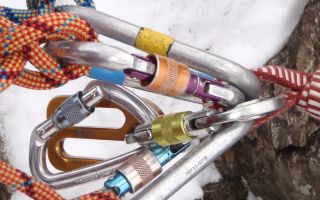Choosing the Right Compass for Your Duke of Edinburgh Award Expedition
Category: DofE Advice and Guidance
Posted by Alex Knill - DofE Manager
When you’re preparing for your Duke of Edinburgh (DofE) expedition, one of the most important pieces of kit you’ll carry is your compass. Whether you’re navigating the rolling hills of the Yorkshire Dales, the wilds of Snowdonia, or the moors of the Peak District, a reliable compass can make the difference between confidently finding your next checkpoint and wandering in circles! With so many types available, choosing the right one can feel overwhelming... but it doesn’t have to be.
Here’s a simple guide to help you pick the perfect compass for your DofE journey.
Why You Need a Compass
Even in an age of smartphones and GPS devices, the DofE expedition is all about developing traditional navigation skills. Phones can lose signal, batteries can run out, and GPS units aren’t allowed on qualifying expeditions. A good map and compass combination teaches independence, teamwork, and resilience: key qualities that DofE aims to develop. Plus with map reading skills nailed, you open yourself up to a lifetime of adventure.
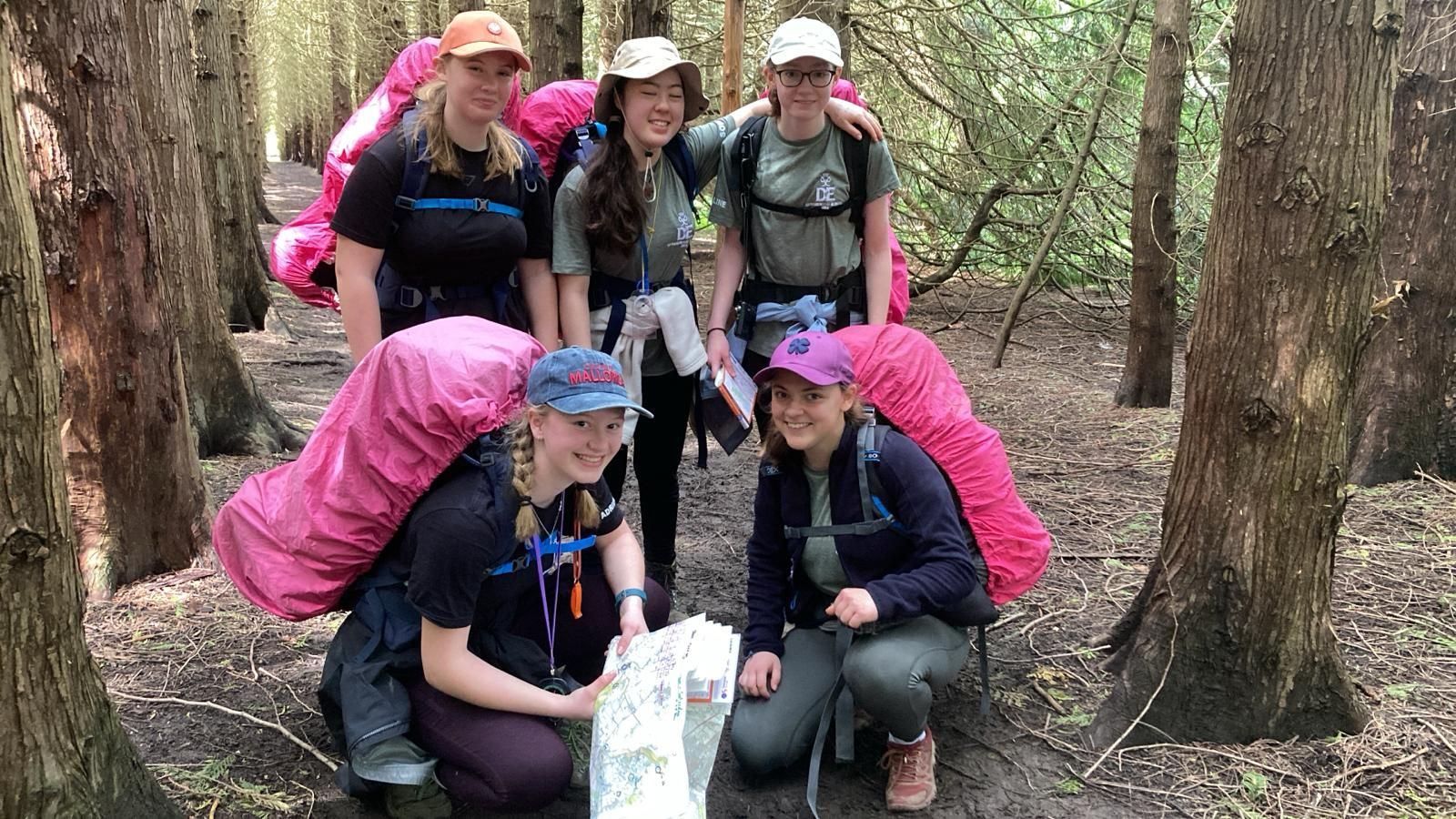
What to Look for in a Compass
Not all compasses are created equal. For DofE expeditions, a baseplate compass is the best choice. It’s designed for map work and allows you to take bearings easily. Here are some key features to look out for:
1. Rotating Bezel (Compass Housing):
This is the circular part with degree markings (0–360°). It allows you to set and follow bearings accurately. Make sure it rotates smoothly but not so loosely that it shifts easily in your pocket.
2. Transparent Baseplate:
A clear baseplate lets you see the map underneath while aligning your compass with grid lines and landmarks. Look for one with a ruler or scale markings (e.g., 1:25,000 or 1:50,000) to help measure distances directly on your Ordnance Survey maps.
3. Direction of Travel Arrow:
This arrow on the baseplate shows you which way to walk once you’ve set your bearing — an essential feature for field navigation.
4. Magnifier:
Some compasses include a small magnifying lens on the baseplate. This is handy for reading small map details like contour numbers or minor footpaths.
5. Declination Adjustment (Optional):
While not essential for UK expeditions (since magnetic variation is very small), it’s a useful extra feature if you plan to do more navigation abroad in the future.
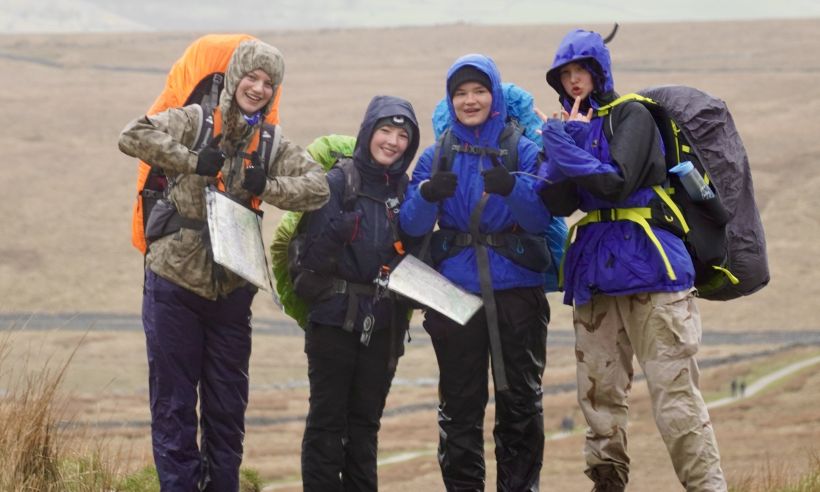
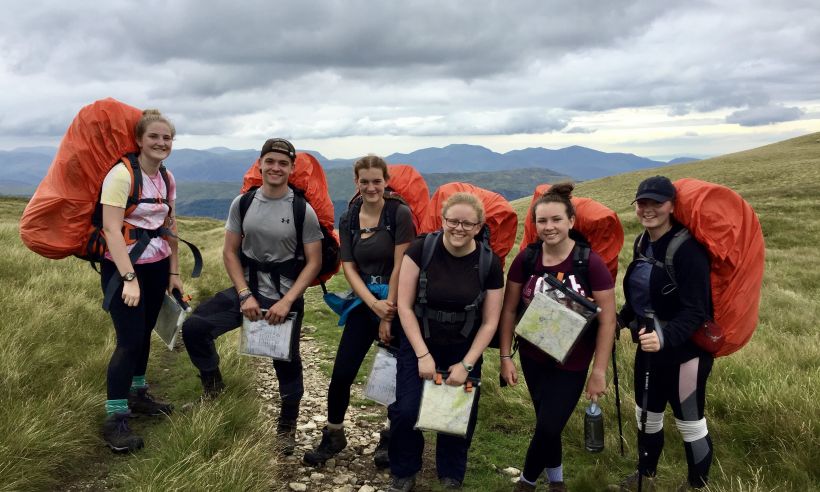
Recommended Compasses for DofE
It can feel like choice overload when you step in to a shop to pick up your compass, however, there are several trusted brands that produce excellent compasses ideal for DofE use.
Some of the most popular are:
- Silva Expedition 4: Often recommended by DofE leaders, this compass is durable, precise, and specifically designed for use with Ordnance Survey maps. It’s also approved by the DofE kit list. Cost around £35.
- Suunto A-30: Another high-quality option with smooth movement, a clear baseplate, and luminous markings — great for use in poor light conditions. Cost around £28.
-Silva Ranger: A high-quality option at a slightly cheaper price than the above options. Robust and accurate, an ideal option for years of reliable service. Cost around £20-25.
-Trek Mates Adventure Compass: A lower quality option but does the job nicely for DofE expeditions. These typically cost around £10.
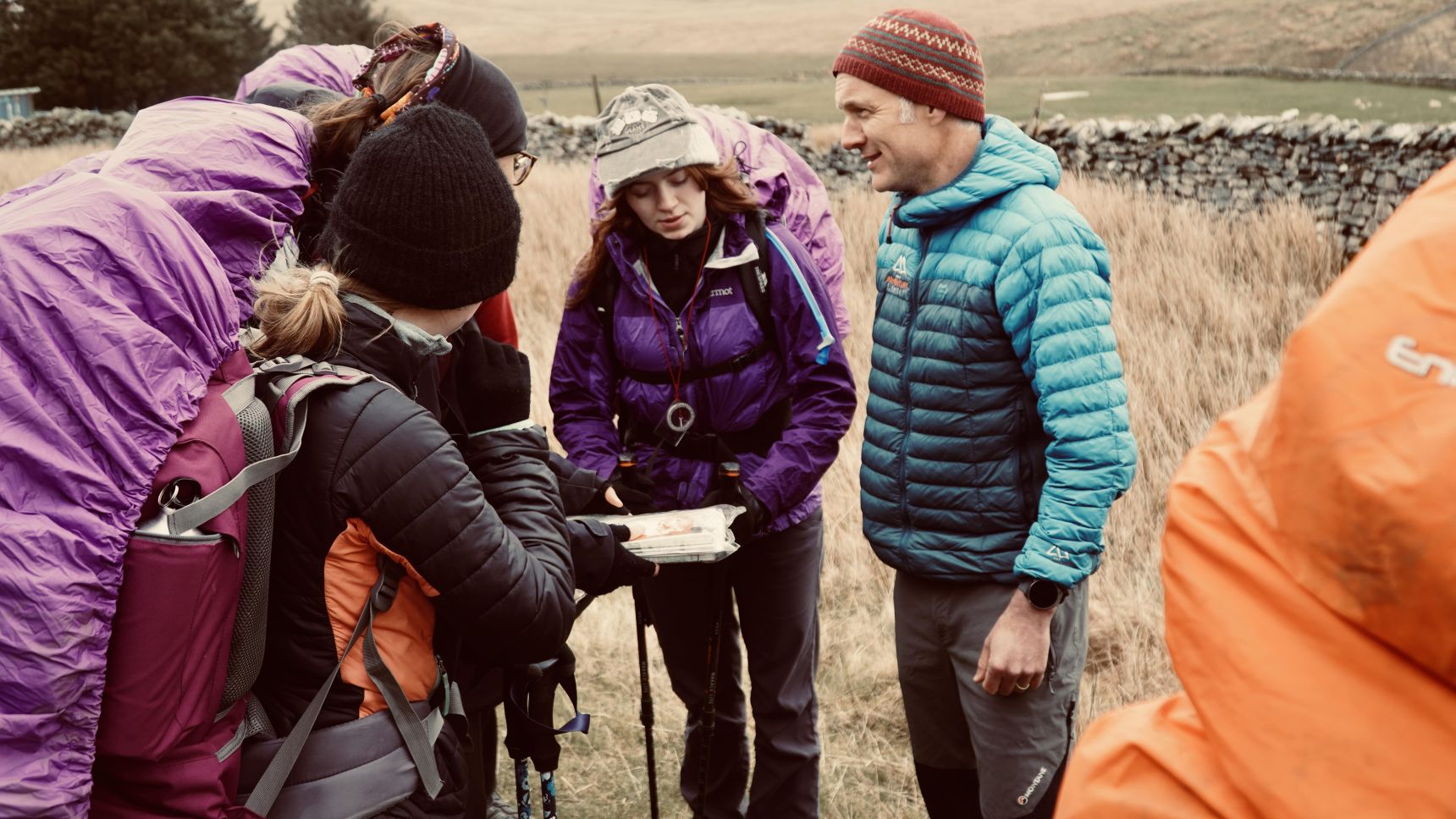
Handy Tips for Looking After Your Compass
- Keep your compass away from metal objects (like knives, belt buckles, or phones) as they can affect the magnetic needle.
- Store it flat and avoid dropping it. A cracked housing or bubble under the needle can make it inaccurate and you don't want to be heading further out from camp that necessary!
- Check it regularly during your expedition training to ensure the needle settles quickly and points north. You can also test this out by getting your whole group to test out their compasses and comparing for any discrepancies.
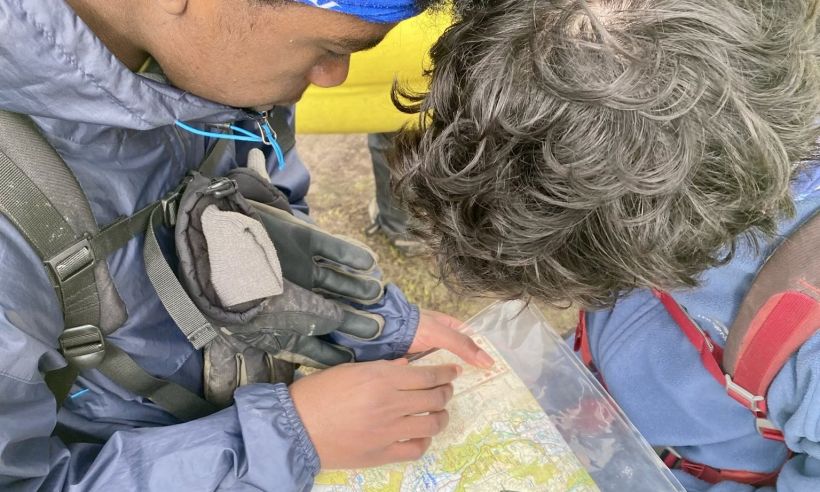
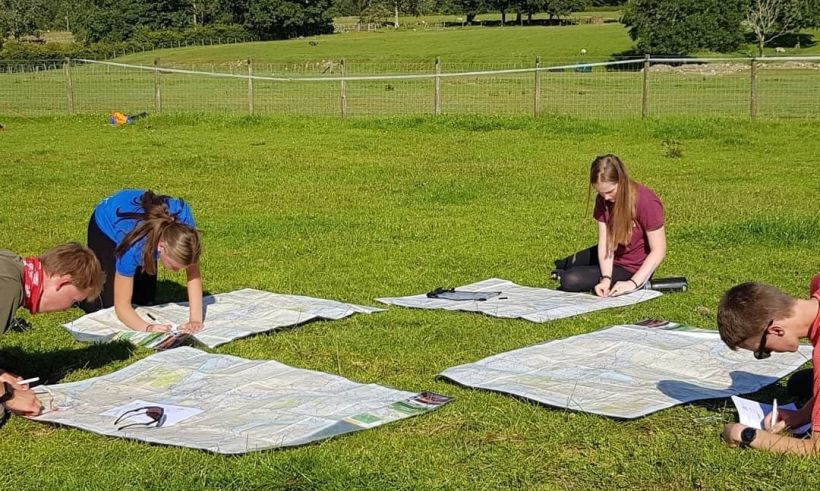
Final Thoughts
Your compass is more than just a tool: it’s your expedition teammate. Learning how to use it well will boost your confidence, improve your navigation skills, and help your team work efficiently. Invest in a good-quality model, practise regularly before your expedition, and you’ll be ready to take on the hills with confidence and precision.
Happy navigating — and good luck on your DofE adventure!

